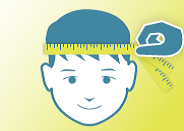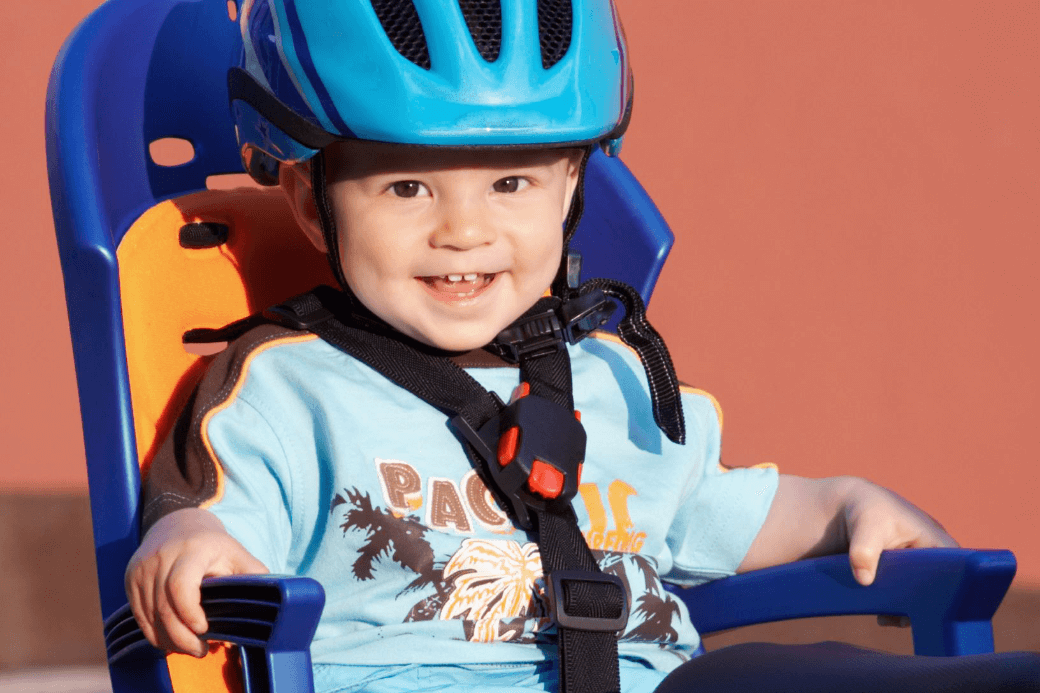Bike helmets are important. In a crash, a helmet can reduce the risk of a serious head injury by up to 85 per cent. By law, all Manitoba cyclists under 18 years of age must wear a bike helmet. This includes infants and toddlers riding in a bike trailer or bike carrier and while riding on a tricycle or a push bicycle.
When shopping for a helmet for your child, look for one that:
- is recommended for cycling. Look for a bike helmet or a multi-sport helmet that it is approved for cycling.
- is certified by organizations such as the Canadian Safety Association (CSA), Consumer Product Safety Commission (CPSC), American Society for Testing and Materials (ASTM), Snell, European Standards (EN) or Australian/New Zealand Standard (AS/NZS).
- fits the shape and size of your child’s head.
- is adjustable to make a snug fit.
- is comfortable and that your child likes.
Bicycle helmets for infants/toddlers
It can be challenging to find a helmet small enough to fit a young child. Look inside the helmet and on the package to see the size range of the helmet. The Consumer Product Safety Commission (CPSC) introduced new standards for children over one year of age where the helmets are designed to fit smaller heads.
How to fit your child’s helmet

- Use a tape measure to find your child’s head size. The helmet packaging will tell you the size range that it fits.
- Go by the head measurement, rather than the child’s age. While the smallest helmet fits the average six- to eight-month-old, it may be too large for older toddlers who are small for their age or born prematurely (early).
- Straps can loosen over time. Check the fit of your child’s helmet regularly and adjust the fit as needed.
- Choose a helmet that fits snugly. Buy the size that fits right now, not a larger helmet for your child will grow into.
- Use the sizing pads or adjustable band to fit the helmet to your child’s head. The helmet fits properly when:
- It does not wobble from side to side, or tilt from front to back.
- It does not move when your child shakes his/her head in any direction.
- The helmet stays level across the forehead just above the eyebrows.
Adjust the helmet according to the 2-V-1 Rule
2 – The helmet should be no more than two finger widths above the eyebrows.
V– The straps should form a “V” under each ear.
1 – One finger should fit between the chin strap and the chin.
Straps can loosen over time. Check the fit of your helmet and your child’s helmet regularly.

Take care of your child’s helmet
- Take care of the helmet so it will continue to offer good protection.
- Cycling helmets are intended to withstand one hard impact. Replace the helmet if it has been in a crash, or has had a hard fall, even if it does not seem to be damaged.
- Do not drop the helmet as this can cause damage.
- Avoid storing it in a hot place like the trunk of your car since heat can cause the foam to deteriorate.
- Do not apply stickers to the helmet as this can weaken the plastic.
- Clean the helmet following the manufacturer’s instructions.
- Replace helmets every three to five years because they deteriorate over time.
Resources:
Manitoba Public Insurance – Cycling 101


